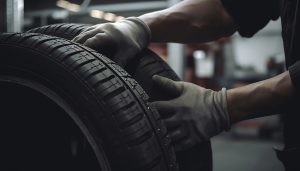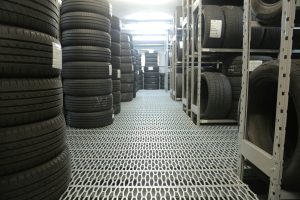Tyres are essential components of your vehicle, and they must meet various, sometimes conflicting, requirements to ensure optimal performance and safety.
Let’s delve into the nuances of tyre characteristics and maintenance:
1. Balancing Longevity and Noise
Tyres designed for extended service life typically feature harder compounds, which can result in increased noise levels.
Softer compounds offer a quieter ride but wear out more quickly. Balancing these factors depends on your driving preferences and needs.
2. Tread Patterns and Noise
The tread pattern of your tyres also affects noise levels. Softer compound tyres tend to provide a quieter driving experience but may wear faster.
Consider your priorities when selecting tread patterns for your vehicle.
3. Original Equipment vs. Replacement Tyres
Original equipment (OE) tyres that come with your vehicle often last longer than replacements. Keep this in mind when comparing the longevity of different tyre sets.
4. Performance and Tread Wear
As your tyres wear down, their performance, especially in wet conditions, deteriorates.
This effect becomes more pronounced as the tread wears below 3mm and approaches the legal limit.
Regularly check tread depth, especially once it reaches 3mm, and aim to replace tyres before they go below 2mm.
This precaution becomes crucial as autumn and winter approach, ensuring optimal grip in challenging conditions.
5. Natural Degradation
Tyres naturally degrade over time due to exposure to heat, sunlight (UV radiation), and rain.
The rate of degradation depends on the severity of the weather and the extent of exposure. Vehicles like caravans and trailers, which are only used occasionally, are more susceptible to ageing-related damage.
Typically, tyres wear out before becoming unserviceable due to ageing.
6. Signs of Ageing
Inspect tyres for signs of ageing, such as cracking on the sidewalls, especially if your vehicle is parked outside.
Tyres that are four or five years old may show signs of ageing. If cracking is severe, it’s advisable to replace them.
If you’re unsure about performing these checks yourself, don’t worry.
Simply contact your local Tayaria service centers, where experts can assess your tyres and recommend suitable replacements based on your specific needs.





